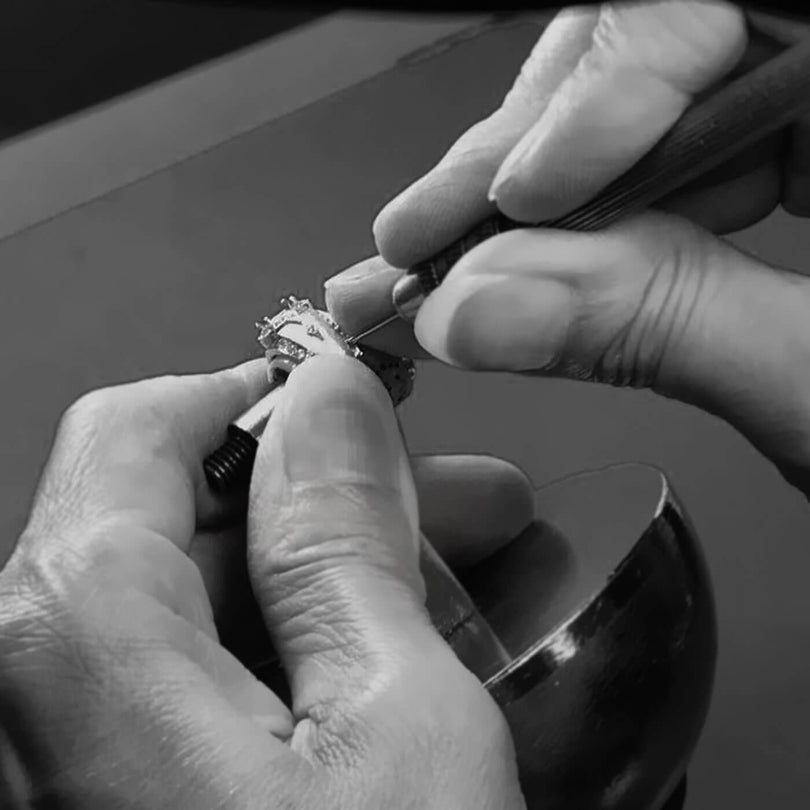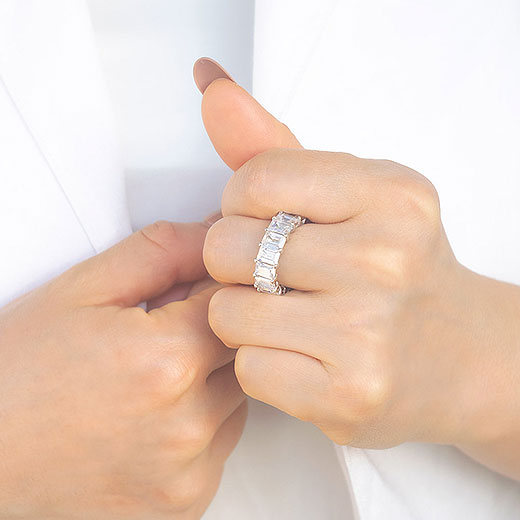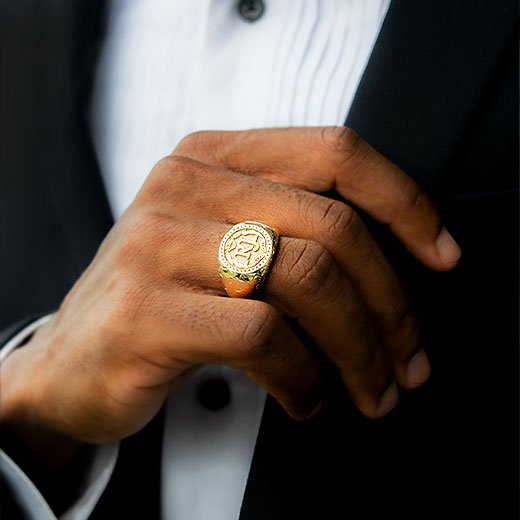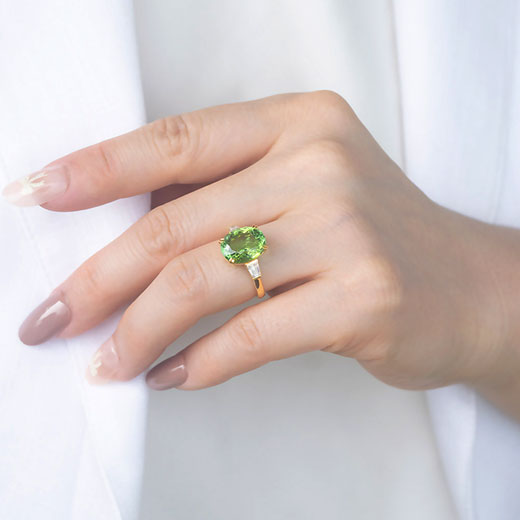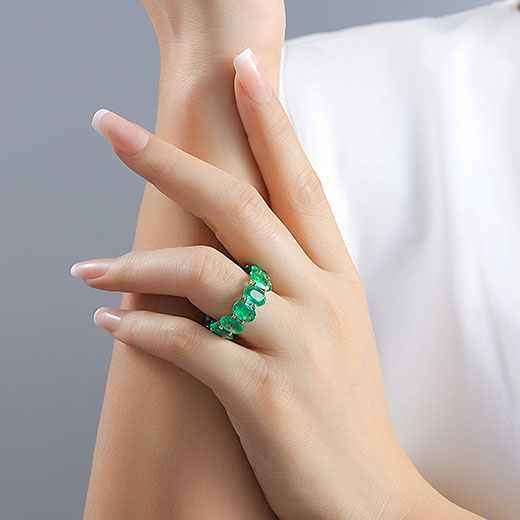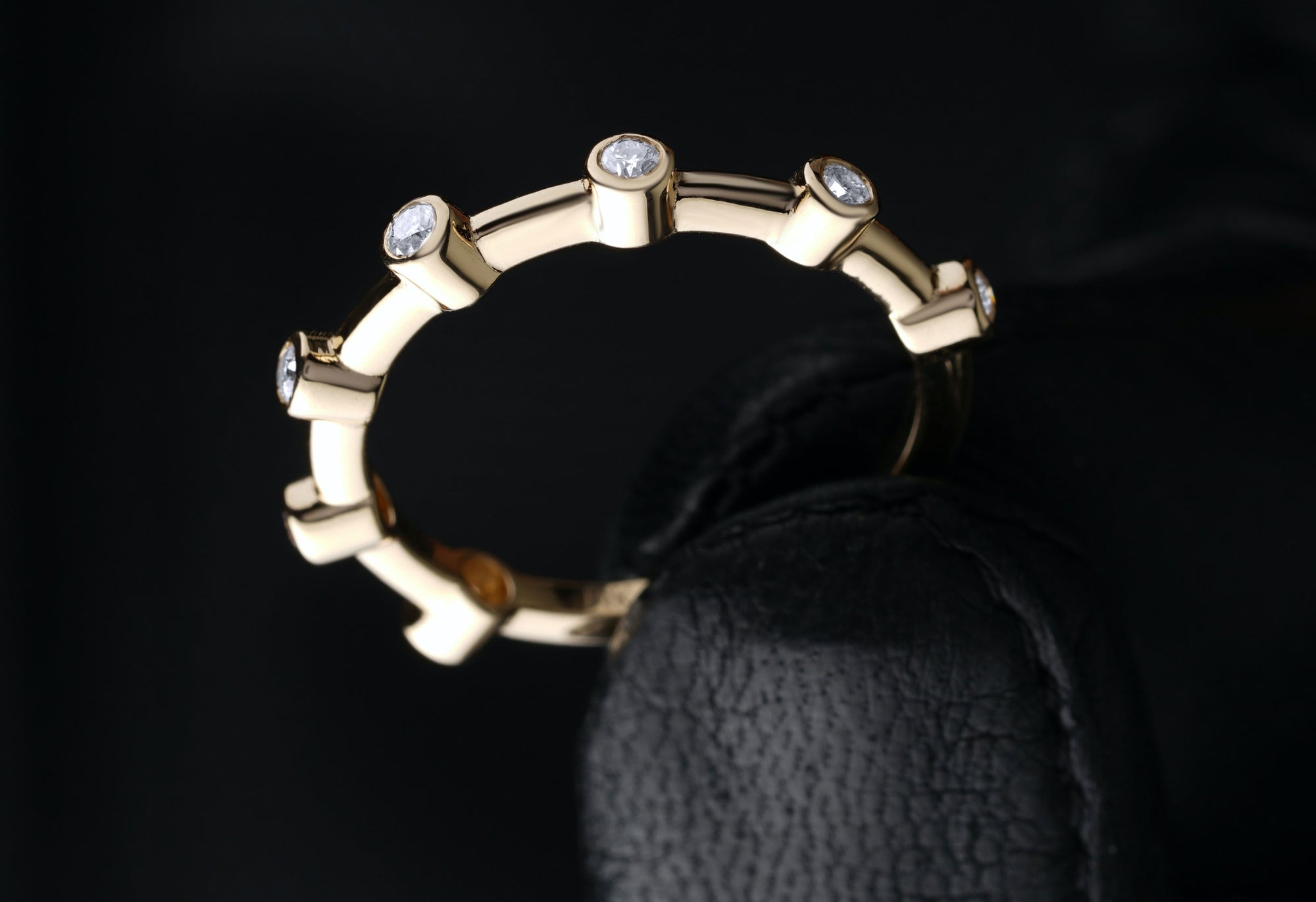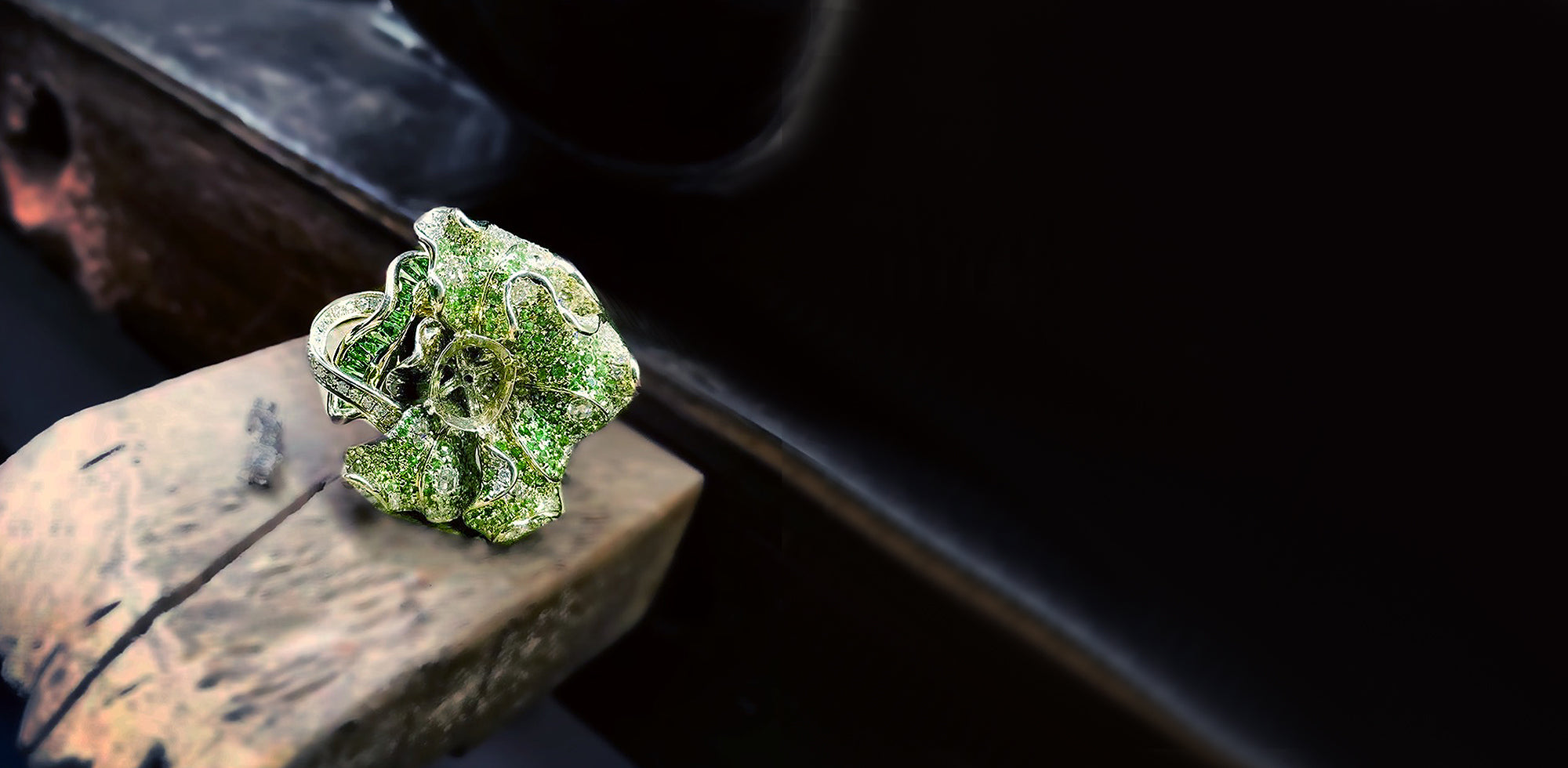OVERVIEW
In the deepest parts of the earth, carbon is subjected to extreme heat and pressure. This procedure can produce a wide range of internal characteristics referred to as "inclusions" and external characteristics referred to as "blemishes."
It is important to determine the number of these characteristics, as well as the size, relief, nature, and position of each one, as well as how they affect the overall appearance of the stone. The closer a diamond comes to being flawless, the more valuable it is.
With six categories and 11 grades, the GIA Clarity Scale has all the information you need to know about gemstone clarity.
A trained diamond grader can see inclusions and blemishes that the average person cannot. VS1 and SI2 diamonds may appear identical to the naked eye, but their overall quality is vastly different. As a result, it's critical to have a professional evaluate your clarity.
FLAWLESSNESS
Only a few natural phenomena can be described as flawless. Diamonds are no exception to this rule. Diamonds have inclusions and blemishes, which are respectively its internal and external features. Together, they’re termed “ clarity characteristics" . Clarity is defined as the relative absence of inclusions and blemishes.
A diamond's surface can be blemished by scratches and nicks. Inclusions are usually found on the stone's interior, but some may break through the surface. When a diamond is formed, it may contain tiny crystals of other minerals. It's possible for them to remain after the diamond has been cut and polished, affecting its appearance.
RELATIONSHIP BETWEEN CLARITY AND DIAMOND VALUE
It's possible that a diamond's clarity characteristics have a negative impact on its value, but the opposite is also true. Among their many uses is assisting gemologists in the process of identifying genuine diamonds from man-made alternatives. Included diamonds make this easier than flawless ones. Inclusions, which are unique to each diamond, aid in the detection of specific gems. Scientists can learn a lot about how diamonds form from studying them.
Clarity's impact on value is directly linked to the concept of rarity, like the rest of the 4Cs. According to the GIA Clarity Grading System, the highest possible grade is Flawless. When examined under a 10-power (10X) magnification by a skilled and experienced grader, diamonds graded Flawless have no visible inclusions or blemishes.
One can work in the jewelry industry their entire lives and never see a flawless diamond, which is why they fetch such high prices.
If you're looking for a truly flawless diamond, look no further than diamonds with visible inclusions. There are diamonds with inclusions that can only be seen with 10X magnification in between the two extremes. The retail market is dominated by stones in the mid-range price range.
GIA CLARITY GRADING SYSTEM
The GIA clarity grading system has 11 levels of clarity. Six categories of flaws are present: Internally Flawless; Flawless; Internally Flawless; Flawless; Flawless; and Flawless.
The size, number, position, nature, and color or relief of a clarity characteristic all affect the clarity grade.
The clarity grade can be affected more by one factor than the others. This is not always the same one, however Depending on the type of diamond, the relative weight of each of these factors can vary greatly. An inclusion off to the side of a stone would have a smaller impact on clarity than a similar-sized inclusion located directly under the stone. In this case, it's likely that the position is the most important factor.
A stone's grade may be lowered if an inclusion is dangerous to the stone. However, this is extremely rare and usually only applies to diamonds that have been Included ("I")
One set of terms that diamond professionals use is called "very very slightly imperfect," "very slightly imperfect," "slightly imperfect," and "imperfect.". With the advent of the term included, the term "imperfect" has fallen out of favor. G.I.A. uses this in its clarity grading system
There are four letters that stand in for each of these terms: VVS, VS, SI, and I. In the end, the abbreviations were accepted by the international diamond community. Regardless of how the words they represent translate into other languages, they are now widely used. In French, "very" may be translated as "tres," but a very slightly included diamond is still a VS in France. Some of the abbreviations are used worldwide, even in countries where the alphabet is different, such as Russia.


